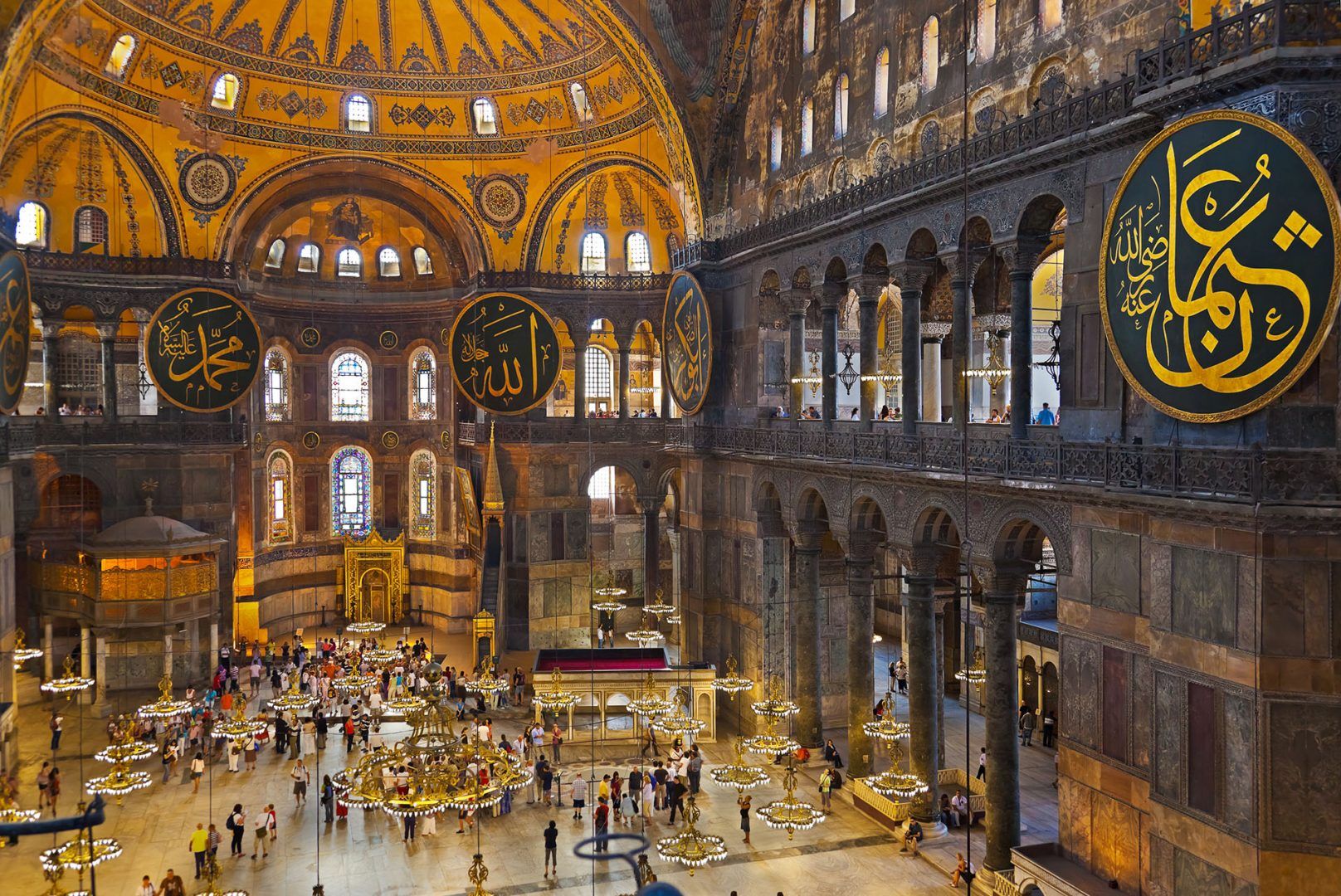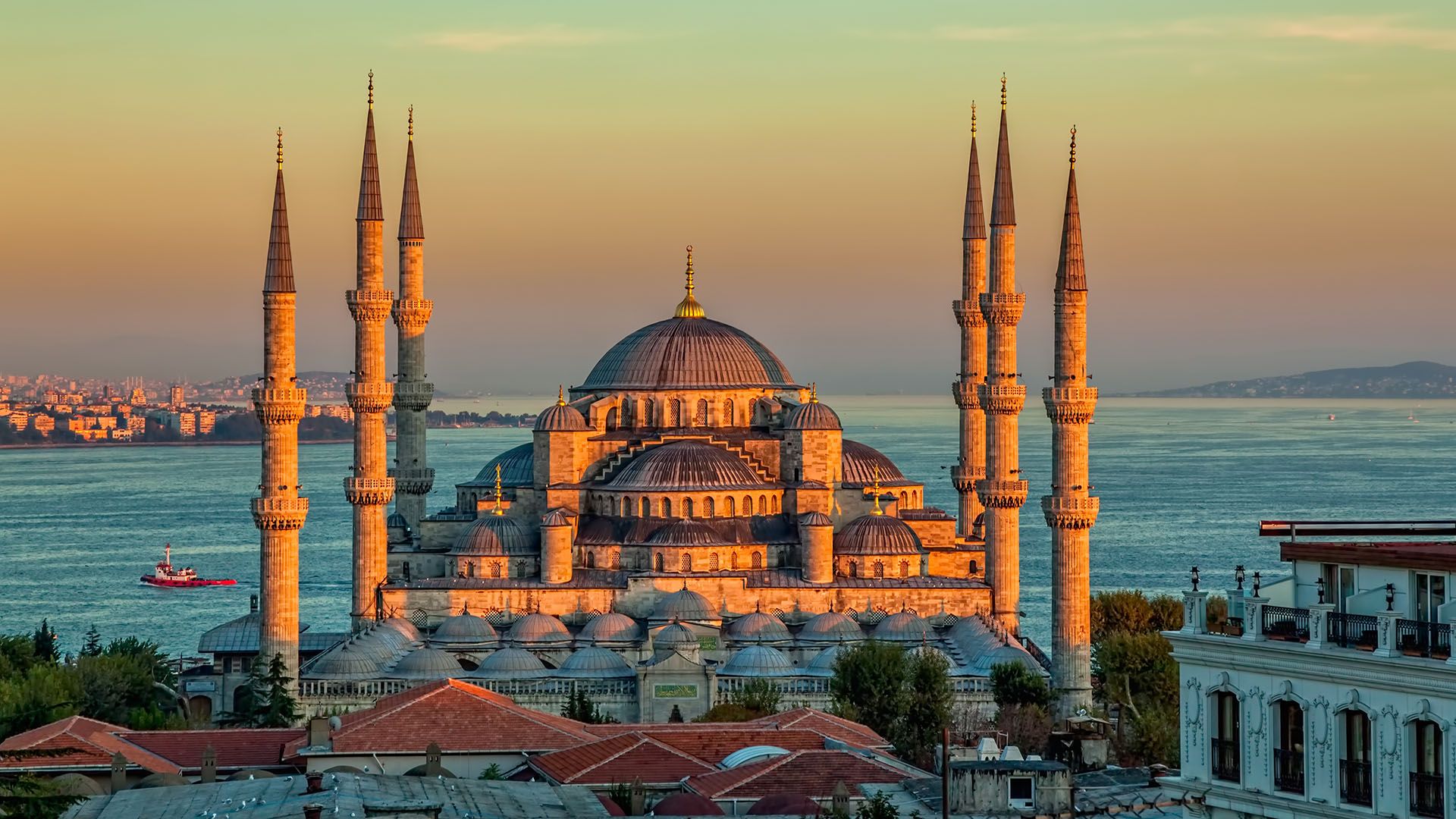Best areas to stay in Istanbul
Istanbul sits across two continents, split by the Bosphorus Strait. The European side is home to most of the major sights, while the Asian side has a more local, lived-in feel. Each neighborhood has its own rhythm, and no matter how many days in Istanbul you have, where you stay can really shape your experience. Here is a quick list of some favorites, but for a more thorough look, see our guide to the best area to stay in Istanbul.
Sultanahmet: Best for first-time visitors
Sultanahmet is the historic heart of the city and a good base if you want to be close to the major sights. The Hagia Sophia, Blue Mosque, Topkapi Palace, and Basilica Cistern are all within a short walk of each other. During the day, it’s full of tour groups, but in the evening it quiets down and the monuments are lit up, which makes walking around feel pretty special. Most places to stay here are smaller hotels, and prices are usually a bit higher than in other parts of town.
Kadıköy: Best for families
Kadıköy is across the water on the Asian side, and it’s a comfortable spot for families. It’s less busy than the tourist-heavy areas, and the streets are easy to walk. You’ll find parks, wide sidewalks, and plenty of space for kids to move around. There are good ferry and metro connections to the rest of the city, and the neighborhood feels more residential. Yoğurtçu Park is a popular green space, and the local market streets are full of fresh produce, snacks, and street food. There are also lots of casual restaurants where kids are welcome, and you won’t need to spend a fortune to eat well.
Karaköy: Best for a trendy stay
Karaköy sits at the base of Galata Hill and has gone through a lot of change in recent years. It still has a bit of its old docklands feel, but now it’s mixed in with newer cafés, bars, galleries, and street food stalls. The area is a bit rough around the edges in places, but that’s part of its charm. There’s a mix of traditional and modern here, and the views across the Golden Horn are hard to beat—especially from rooftops. It’s also easy to get around from here, with quick access to ferries, trams, and the funicular.







